
GOOD’s 10 Key Fundraising Trends for 2023
As we wave goodbye to 2022, a year which saw the cost of living crisis impact the nation’s giving, the question on everyone’s lips is what will 2023 bring the sector to help overcome it and diversify income streams. Gaby Morgan, Planner at GOOD, shares our top 10 trends for charities to optimise their fundraising programme in 2023.
1. Get serious about solutions – People are tired of permacrisis. After years of cash appeals and communications leading with the problems we face, people want to hear about impact and solution.
Case study: Save the Children offer a new giving experience updating you live with the impact of you giving across the world.
2. Mass participation in progress – Charities know they can no longer solve their issues alone and want to generate leads of interested prospects. Mass participation has broadened its meaning as charities invite the public into their mission and share their valuable expertise.
Case study: We worked with Sue Ryder to develop #GriefKind, training people to support grieving friends or family through free expert advice, classes and alternative sympathy cards.
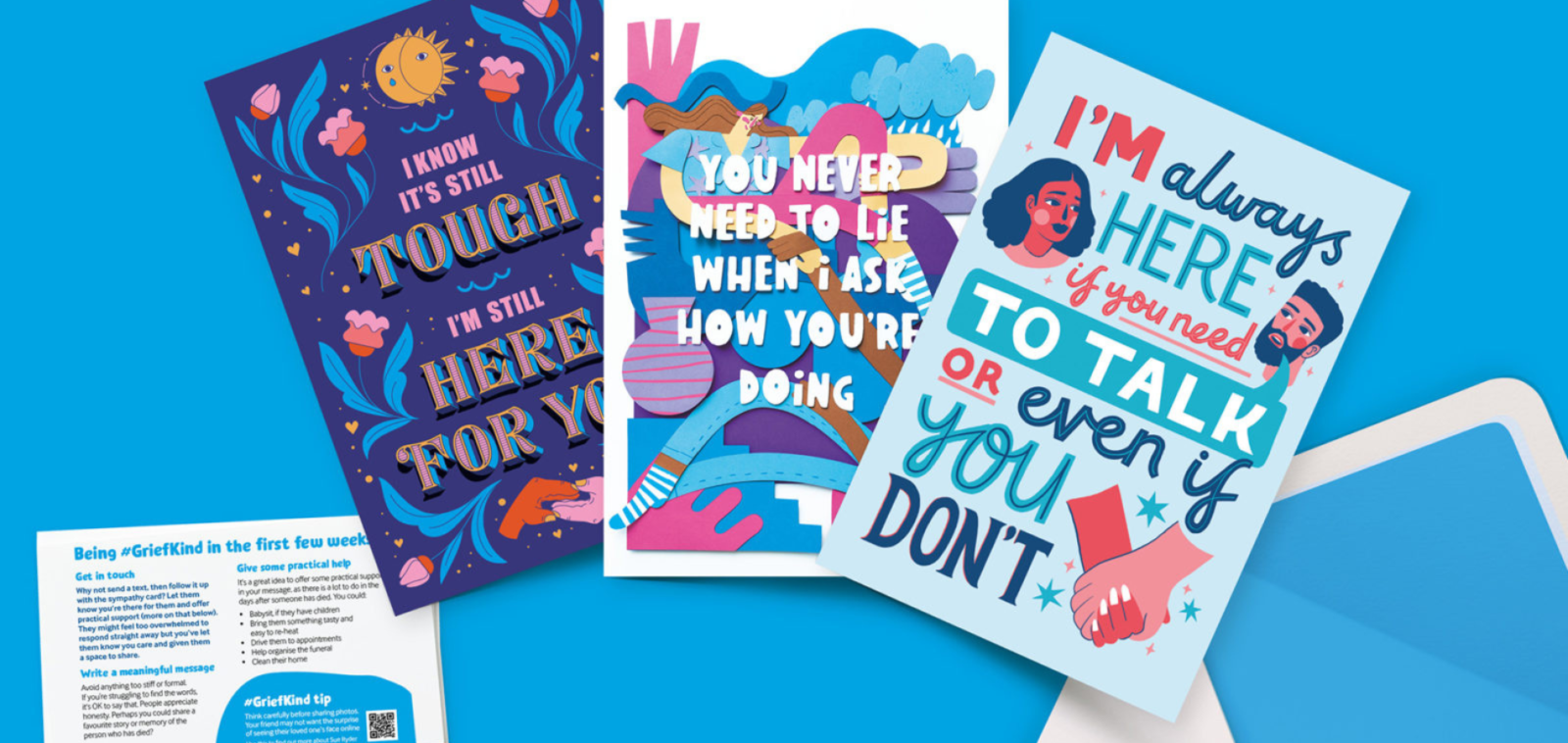
3. Year of film – As DRTV and digital video content rises in popularity, 2023 is the year that charities need to ensure their video content represents them in a way that stands out from the market. Charities are seeking to break the familiarity of DRTV ads with new storytelling and camera techniques, whilst still generating serious response.
Case study: We worked with The Trussell Trust to produce their first ever DRTV ad, capturing the high demand for foodbanks through timelapse footage.
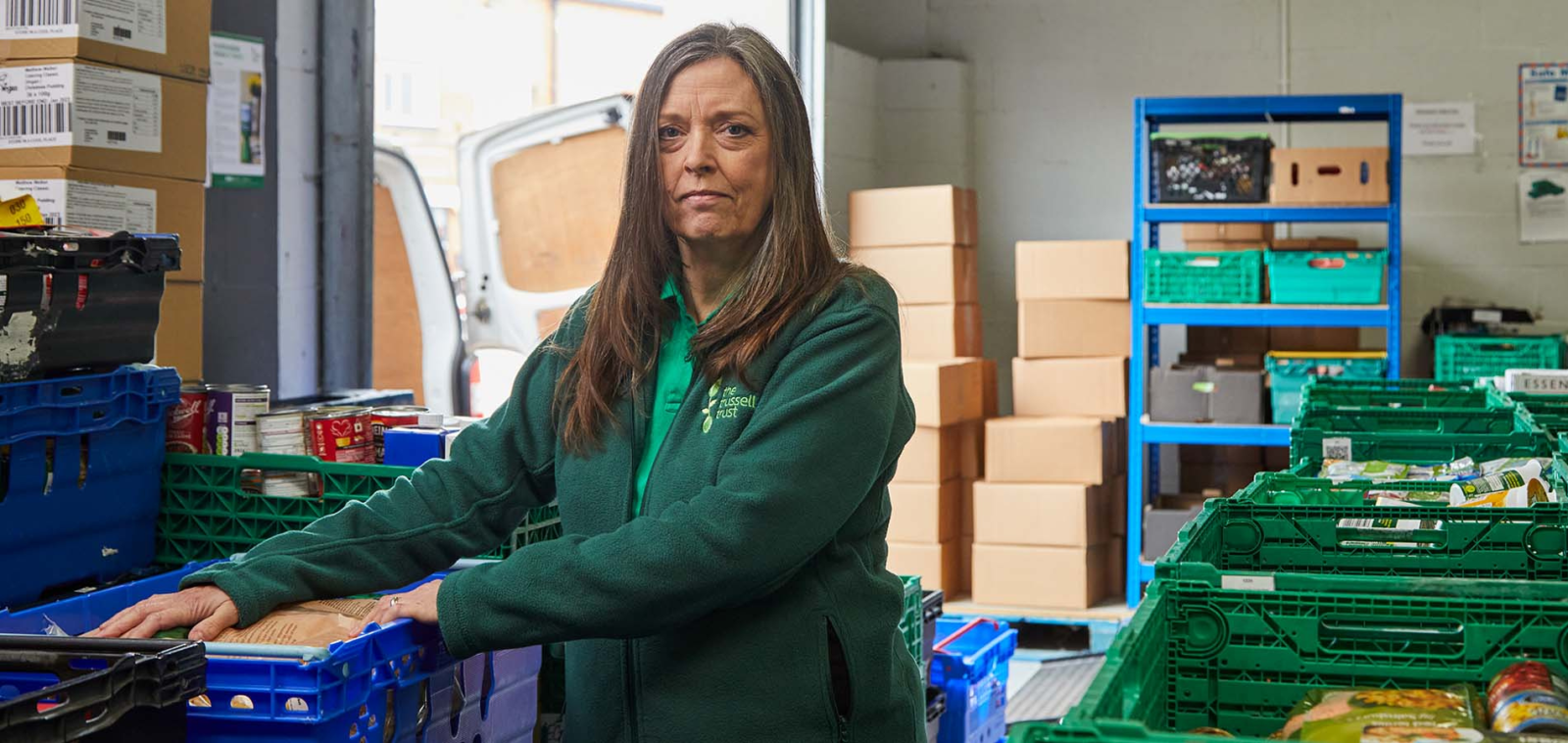
4. Led by lived experience – People are rightly demanding a change of power dynamic in charity communications, with underrepresented voices sharing their own experiences instead of being spoken about.
Case study: We worked with The Children’s Society and their young beneficiaries to co-create a brand which shifted from children being seen as ‘victims’ to allowing them to share their own stories, in their own voice.
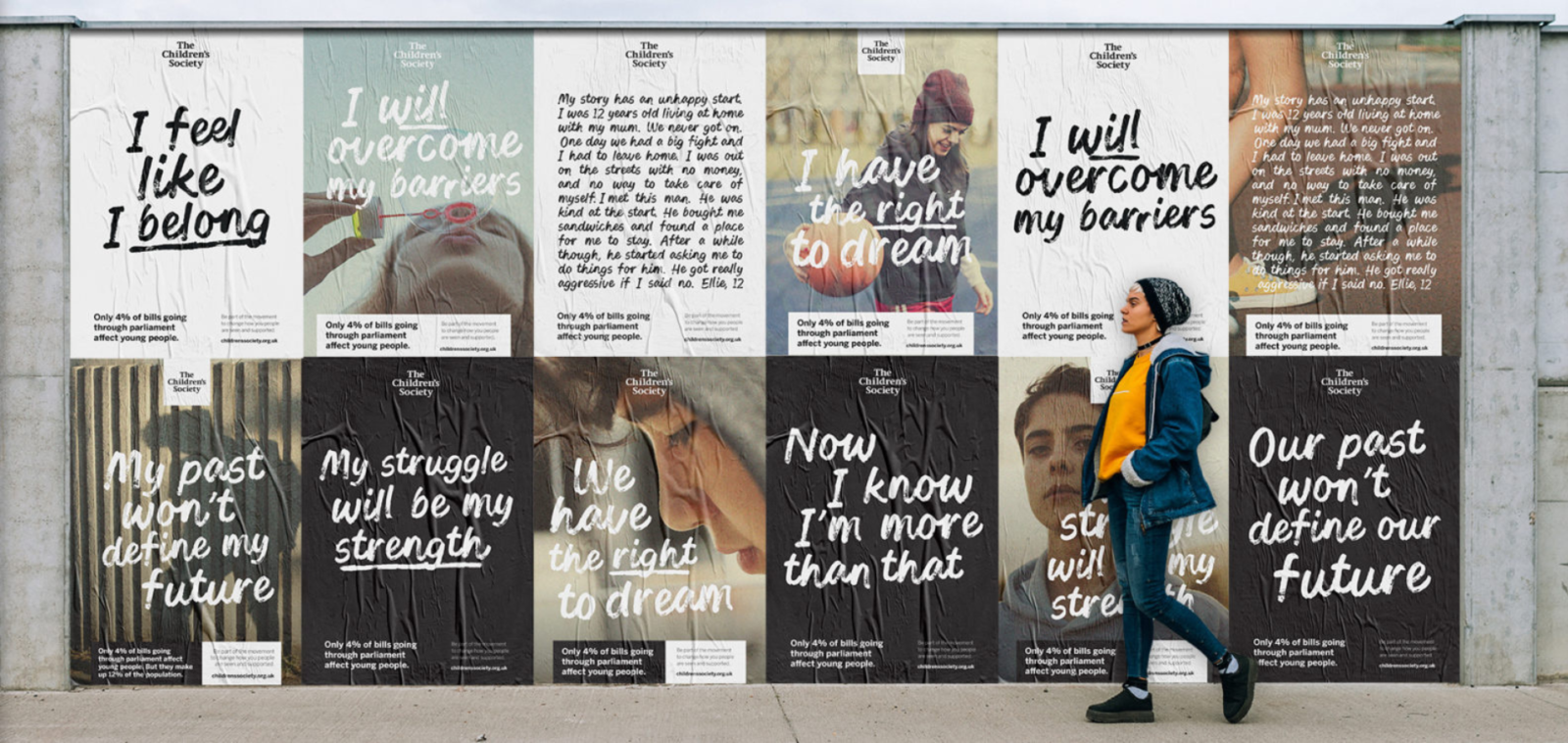
5. A new world of grieving – the nation’s attitude to grief is slowly shifting. We’re talking more, and communicating more, leading to the growth of in memory donors, especially through Facebook donations.
Case study: We worked with Cats Protection to create a in memory proposition ‘Never Furgotten’, a proposition which integrates with the rest of their legacy programme to best support and acquirer in memory donors.
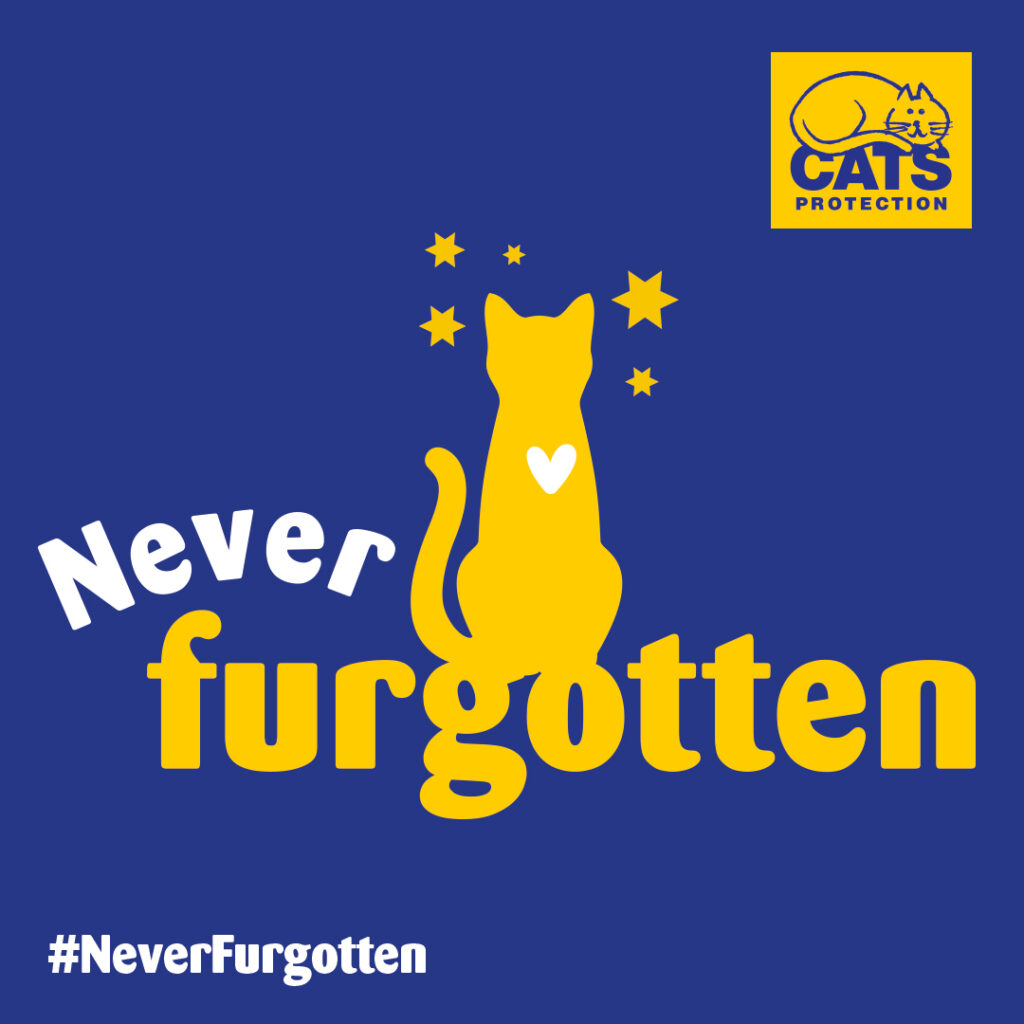
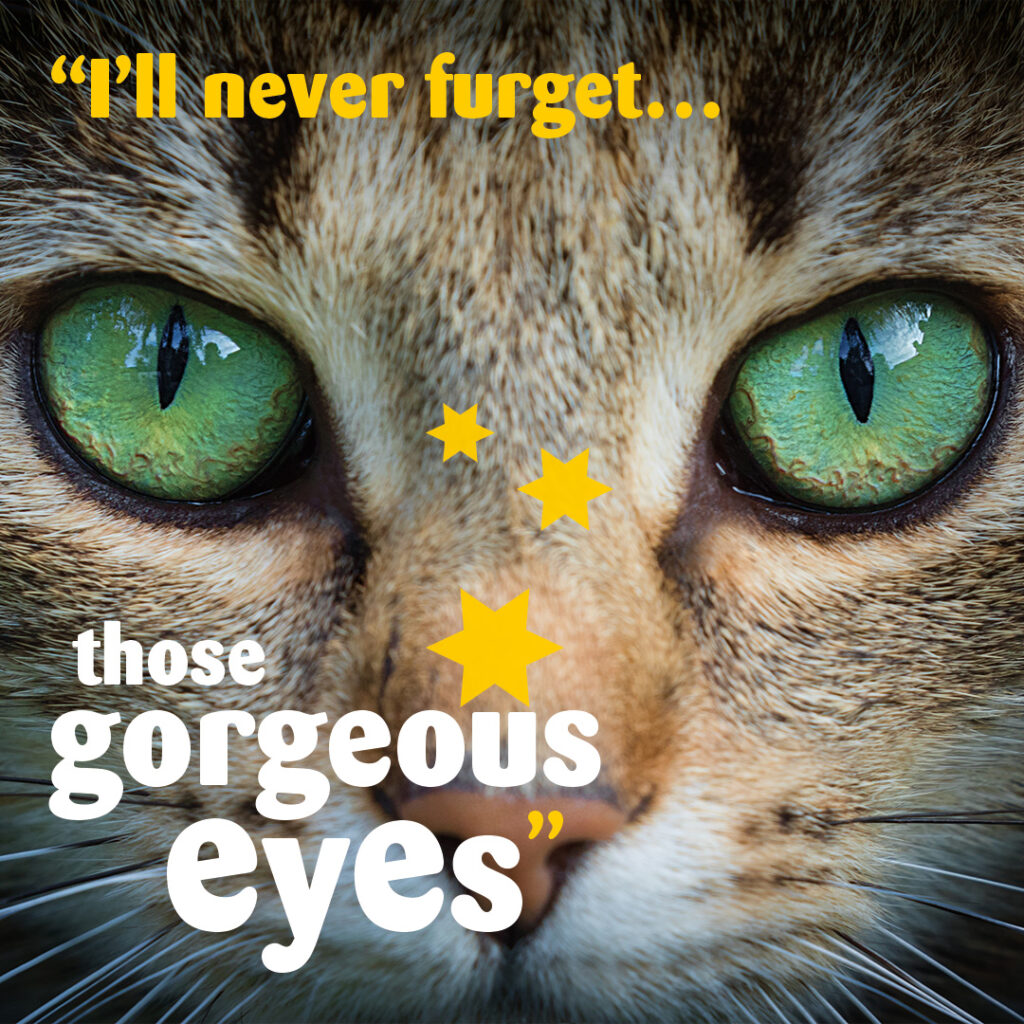
6. Contextual digital – the smart capabilities and vast variety of digital formats has fractured the media landscape. It means we no longer have single propositions but multiple messages – making the context a lot more important than the content.
Case study: The Trussell Trust have partnered with Deliveroo, asking for a round up donation on every takeaway ordered, the perfect context for a foodbank network to ask for donations online.
7. Political gloves are off – amidst rising frustration at the government, previously moderate charities are feeling more comfortable adopting a confrontational tone that the public are responding well to.
Case study: The naturally cautious RSPB took a new strident stance against the Conservative Gov in 2022, calling out their “attack on nature” which received a surprisingly positive response from the public.
8. Rise of playful giving – In response to concerns around personal finance, we’ve seen a rise of giving through play, particularly raffle and lottery. It’s a great way to get new leads in an accessible way, as people go on to support in other ways, the trick is how to do something different.
Case Study: We worked with RNIB to create ‘Win Win’ – a gaming proposition which unites their previously separate raffle and lottery products.


9. Merging Missions – in the tough economic climate we expect to see more charities merge – with Vision Foundation and Fight for Sight being the first merge of the year. We’ve also seen the registration of new charities drop. As charities unite under one mission, they’ll need new and inspiring brand stories.
Case Study: Asthma UK and British Lung Foundation merged to become Asthma + Lung UK, with a new brand to represent their united missions to fight for breath.
10. Philanthropic experiences – as giving grows from mid and high value audiences, charities are offering more bespoke and rewarding experiences in return. As well as making a solid case for a gift, charities are recognizing that donors want interesting experiences, connections and still need to feel emotionally moved.
Case Study: We worked with the London Business School to launch their multiyear Alumni fundraising campaign Forever Forward, connecting prospective donors to fellow alumni, influencers and inspiring students and sharing an optimistic vision for how business can shape a better world.



